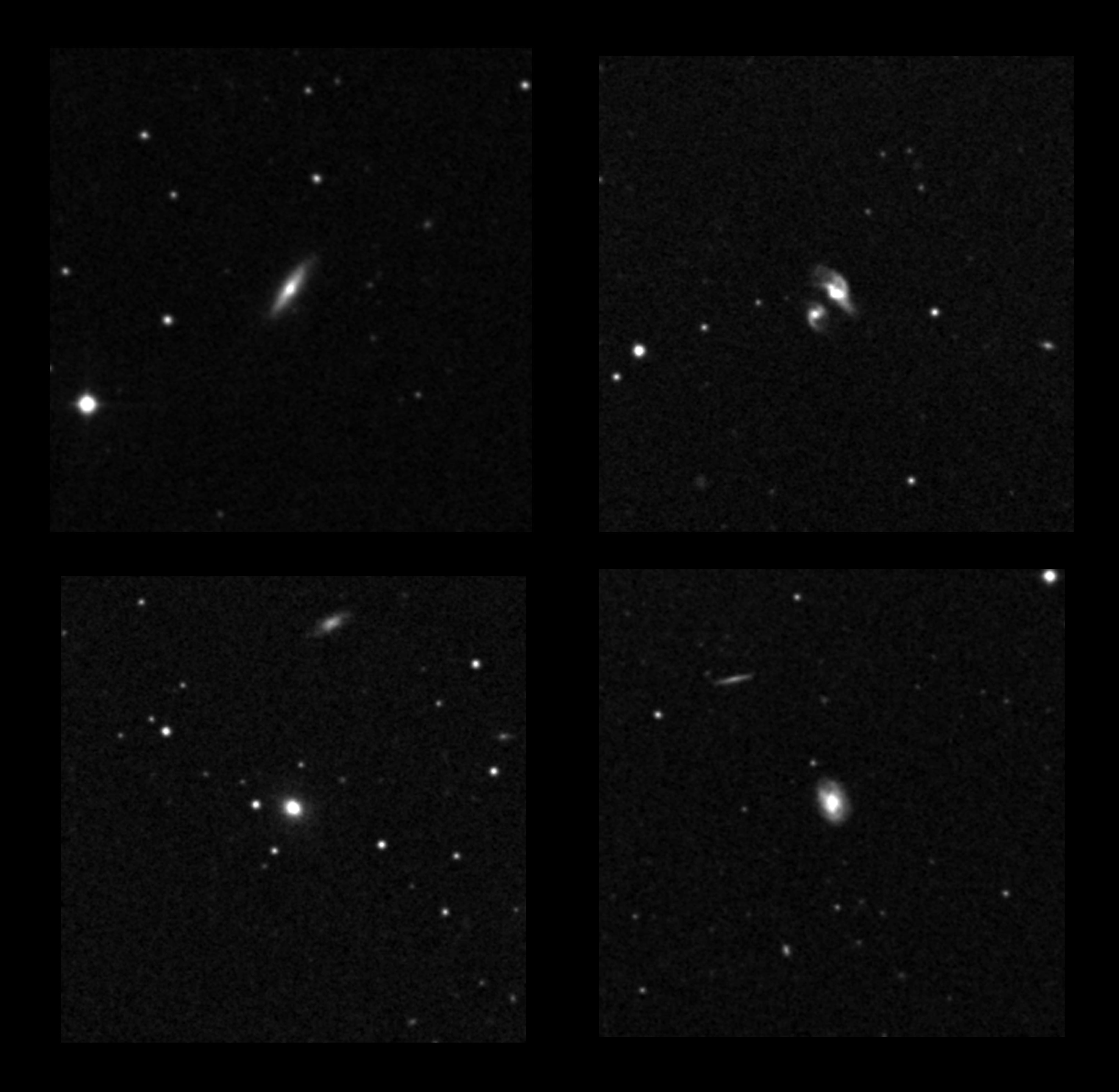
Usually I don’t write much about deep, “holy grail” objects, but for the Boötes Void, I’ll make an exception. Specifically, I’m wondering what’s the smallest telescope needed to see the galaxies in the Boötes Void. If that sounds like an oxymoron — seeing something in a void — it’s not.
Originally known as the Great Nothing, the Boötes (pronounced “boo-OH-teez”) Void is an immense volume of galaxy-lacking space. Robert Kirshner, currently the executive director of the planned Thirty Meter Telescope, and his colleagues discovered this massive nothingness in 1981 while mapping galaxies to help determine the large-scale structure of the universe. Galaxies are visible building blocks for this large-scale structure, which we now know is a vast cosmic web. They gather in groups, clusters, and superclusters, and under the influence of dark matter arrange themselves in twisting, threadlike structures called filaments. Between the filaments lie gaps that contain few galaxies, as if they were on the surface of cosmic bubbles.
The Boötes Void is one of the largest gaps, or voids, known — classified as a supervoid and spanning some 300 million light-years. In this amount of space, astronomers would normally expect to see a few thousand galaxies. But to date, the Boötes Void has revealed only a couple of handfuls.
As seen on the two-dimensional dome of the sky, the void is a circle roughly 25° across and centered at R.A. 14h50m, Dec. 46°0′, very close to the 6th-magnitude star 38 Boötis. On many star maps, you’ll see some two dozen or more galaxies within this circle that shine at magnitude 13 or brighter, including the grand face-on Pinwheel Galaxy (M101) and its companions in Ursa Major, along with the magnificent Splinter Galaxy (NGC 5907) in Draco. But these objects are all relatively nearby, within a couple of hundred million light-years from Earth, whereas the Boötes Void lies much farther away, some 700 million light-years distant.
Despite its distance, the Void itself contains several galaxies within range of amateur-sized telescopes. Below you can find descriptions of four Boötes Void galaxies that are among the brightest and most condensed. Their descriptions and magnitudes (ranging from 15 to 16), are from the 1977 study “Photometry of Galaxies in the Boötes Void” in The Astronomical Journal.
The objects I’ve selected have bright cores. So, for those using telescopes on the lower end of the large-scope scale, you may have to look for an almost stellarlike object. On the other hand, these galaxies should be a cinch for astroimagers or those with larger scopes.
1. The brightest member of the Void is Markarian 845 (R.A. 15h07.7m, Dec. 51°27.2′). Shining at magnitude 14.8, this nearly edge-on system (oriented northwest to southeast) is about 1′ in length and has a very bright nucleus. Some imagers may detect a knotlike feature south of the nucleus off the elongated disk, though it is not known whether this feature belongs to the galaxy. The northwestern segment of the disk also displays some irregularities that may be indicative of spiral structure.
2. CG 692 (R.A. 15h21.1m, Dec. 50°40.3′) is the brighter member of an interacting galaxy pair. This magnitude 15.2 spiral appears elongated at about 0.7′ in length and is oriented northeast to southwest. CG 692 comprises a bright, complex nuclear region and a deformed spiral arm to the north of the brilliant bulge, which is suspected to have resulted from the interaction with its Seyfert 1 companion (CG 693) to the immediate southeast. This companion is a nearly face-on spiral with S-shaped arms emanating from opposite sides of the nucleus.
3. CG 538 (R.A. 14h46.4m, Dec. 43°49.9′) is a compact magnitude 15.3 system with a bright elliptical nucleus in a tight elliptical disk with faint traces of asymmetrical spiral structure: two stubby arms to the north and a faint wisp arcing to the southeast. Visual observers will likely be searching for an almost starlike system only about 0.5′ across.
4. I Zwicky 81 (R.A. 14h08.2m, Dec. 48°51.7′) is a largely featureless magnitude 15.3 disk galaxy. Only the bright lenticular nuclear region is generally resolved well in images. However, Palomar Sky Survey images reveal mere traces of a faint disk. So, this target is a definite point source for visual observers.
Remember that galaxy magnitudes may not be totally reliable on the faint end, so some may appear brighter visually than listed. I suspect that Markarian 845 may even be seen with a decent 10-inch scope under very dark skies. As always, be sure to send notes on what you see or don’t see to sjomeara31@gmail.com.









